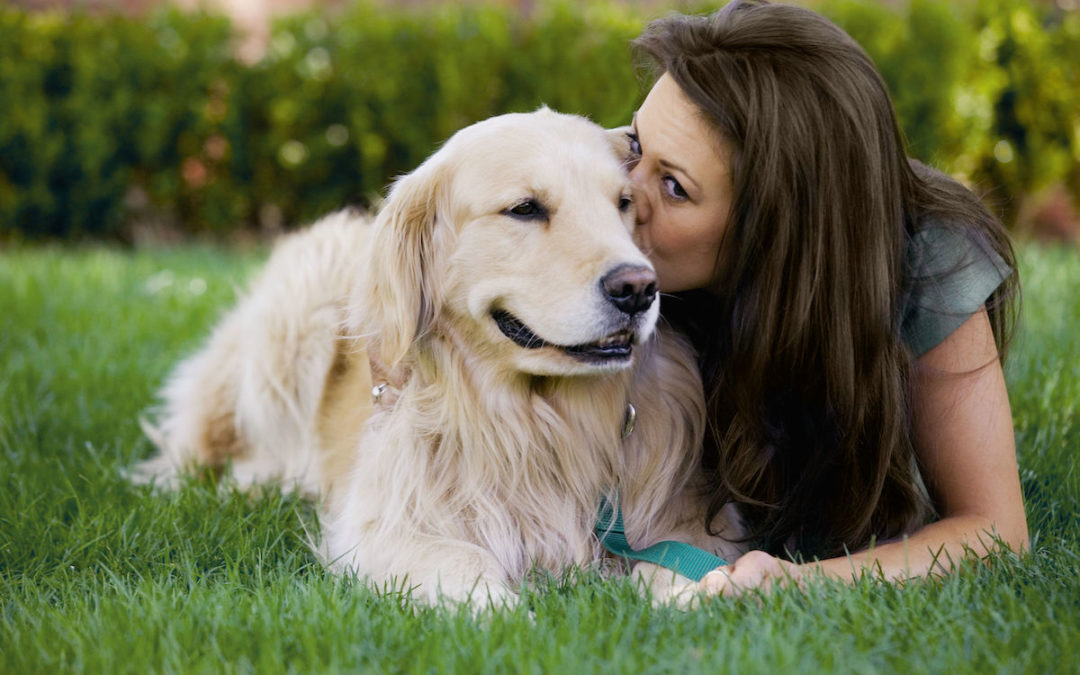Approximately 40% of pets over 9 years old will be diagnosed with cancer but we can improve outcomes in our pets with early detection. This is best accomplished by routine veterinary evaluations and regular assessments by owners at home. This is important for both dogs and cats. Dogs commonly form ‘lumps and bumps” that are benign, non-cancerous masses but these must be tested to differentiate between non-cancerous, and cancerous (benign or malignant) lesions. The most common lumps found on dogs are “fatty tumors” known as lipomas. These do not have malignant potential but can grow to interfere with the dogs ability to move or rest comfortably. Others include benign skin cysts and dermal melanoma. Common malignant skin nodules or masses include mast cell tumors and soft tissue sarcomas. These have the potential to grow quickly and become locally invasive, making removal difficult. They can also metastasize. A definitive diagnosis of these is best obtained using a biopsy which is removal of a piece of the tissue or the entire lesion. The extent of the removal (a piece of vs. the entire tumor) is based on the ease of removal, size and location of the lesion. Additional testing to determine if there is any evidence of metastasis is called staging and may include thoracic radiographs, abdominal ultrasound, fine needle aspiration of local lymph nodes and other lumps (patients can have more than one!) and blood and urine testing. Importantly, lymphoma often also can appear as “lumps”, but may be enlarged lymph nodes under the jaw and not a mass in the skin as with the others.
Cats on the other hand, do not commonly form benign, non-cancerous lumps and bumps, and for this reason, all new lesions should be sampled as soon as they are noticed. One lump that may be non-cancerous is a post vaccine reaction. This may be a swelling that forms days to weeks post vaccination. Sometimes it may be difficult to differentiate this from an injection site sarcoma which is a malignant and very difficult cancer to treat if not detected early when it is small. Cats also can form mast cell tumors which tend to be less aggressive than those in dogs but are still considered malignant. Lymph node swelling due to lymphoma can also occur as in dogs. Female cats that are spayed later in life also have an increased risk of mammary cancer so lumps on the abdomen should be assessed for mammary cancer.
Watch it means “watch it grow”. It is always important to monitor and test all lumps and record on a body map. Ask your veterinarian to test all growths and for a body map diagram to keep track of all your pets lumps and bumps.

View and Register for Upcoming Events

